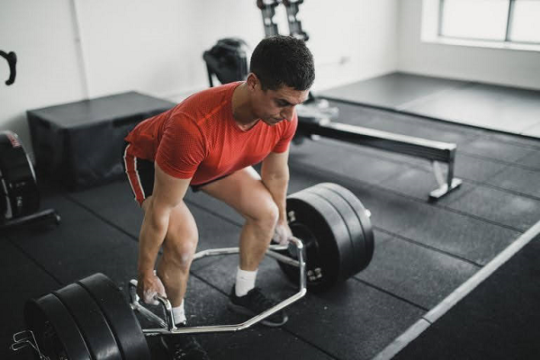Hyperbaric Chamber Therapy uses a pressurized chamber to increase the amount of oxygen in the blood which helps speed up the healing processes within the body.
What is hyperbaric chamber therapy?
Dr. Jan Kasprowicz: Hyperbaric chamber therapy has been around for quite a bit of time. A lot of divers used to do them, use hyperbaric chambers when they would come from a deep water dive. It’s a way to get the equilibrium between the oxygen that is inside the blood and outside the blood equal. Medical doctors, other therapists, have been using oxygen therapy to basically increase the amount of oxygen into a patient’s blood supply. Usually it is about 60 to 90 minutes, at which time the patient is going to be laying down on their back and breathing in either ambient air which is air from the room or a concentrated oxygen source.
How does it work?
Dr. Jan Kasprowicz: The way it works, it’s very similar to like a soda. If you take a bottle of let’s say Coca-Cola and you look at a bottle of Coca-Cola that’s never been open before, you don’t see any bubbles in it because it’s under pressure. When you open up that bottle and release the pressure, you see all the bubbles. It’s the same concept with hyperbaric chamber therapy. You are in an enclosed environment, in our case the chamber. It’s a very spacious chamber. It’s increased to about one atmosphere of pressure. What that does, that actually takes the molecules of oxygen and forces it deep and saturates it into the blood plasma. Therefore, the blood actually has an increased amount of oxygen to it which can go to different tissues which will actually speed up recovery, which will speed up regenerative processes within the body.
Who uses this type of therapy?
Dr. Jan Kasprowicz: In our facility, we work with a lot of athletes. We have a lot of athletes from the world of triathlon. We have a lot of cyclists, a good amount of runners, we also have CrossFit competitors, obstacle course racers, football players. They come in for various issues. Either they’re recovering from a soft tissue injury, like a rotator cuff strain or maybe a sprained ankle. We also had a lot of patients that come in after surgery. This would dramatically speed up the healing process. Something that may take 10 to 12 weeks to heal, with our recovery program which includes hyperbaric chamber therapy, we could cut down the therapy required from 10 weeks down to two to three weeks in some cases.
We don’t treat diseases in our office because we’re a chiropractic facility but we do have clients that come in and use our hyperbaric chamber. We’ve had patients who’ve had lupus come in with very good results. Also, we have children with autism that come in. The great thing about the chamber is it’s big enough where you could fit a parent and a child in there as well. It’s also good for Lyme’s Disease, because actual Lyme’s Disease does not like oxygen environments. This way, we’re getting oxygen into deep parts of the body and this way, they’re going to show improvement with the symptoms that they’re having.
What can someone expect to experience during the therapy session?
Dr. Jan Kasprowicz: The therapy session is actually pretty comfortable. It’s very similar to being in an airplane. When they close the doors in your airplane and they start pressurizing the actual cabin of that airplane, you notice that your ears, they start to get somewhat congested. They start to get tight, and then usually when you move your jaw or you’re chewing some gum, it loosens everything up. It’s the same concept that when you’re in the hyperbaric chamber, you’re going to be exposed to increased pressure.
Now we don’t go from one all the way up to four atmospheres. What we do is we actually do it very slowly and gradually. I check every two to three minutes on the client that is in the chamber. Then we want to make sure that you’re comfortable. We actually ask our patients to bring some gum or some candy that they could actually chew on. This way, it’s going to help clear out their ears as well. The therapy session ranges anywhere from 60 minutes to 90 minutes per session.
We’ve had athletes, some professional cyclists, that will actually use the chamber. If their race is on a Sunday, they’ll come in here on a Saturday, and literally use the chamber for six hours straight. They bring their cell phone. You could bring your computer in there. You could do some reading in there. I advise people to try to get some sleep. It’s a great way to speed up the recovery process too. If they need to use the bathroom, we just decompress the chamber, let them use the bathroom, and put them right back into the chamber.
It’s actually comfortable. There’s a mattress in there and there’s some pillows. It does get warm, just like in an airplane. The reason why they’re constantly turning the air conditioner on in airplanes is because the increased pressure will make it actually warmer inside as well. Overall it’s comfortable. I would advise people that when they do get therapy, it’s at least a cumulative five hours per week, which the majority of our clients and patients will come in three times a week for about an hour and a half for each session.
How often can someone use the hyperbaric chamber?
Dr. Jan Kasprowicz: We actually have some patients that do use the chamber on a daily basis. We’ve had patients post-surgery, either for fixing a fracture or repairing a soft tissue injury, come in and use the chamber daily. We are open here at the facility seven days a week, so they’ll come in seven days, also receive some recovery services as well. It’s safe to use it daily. I would actually ask patients to try and come in three times a week so this way they could actually see they’re actually experiencing some benefits from it from the day in between – but totally safe to use it on a daily basis.
If you are interested in speaking with Dr. Jan Kasprowitz, visit www.chiropracticandsportsrecovery.com, or call 917-748-2902 to schedule an appointment.
Click here to receive more information & to schedule your assessment







